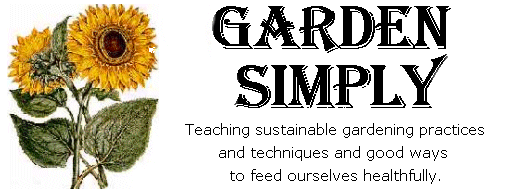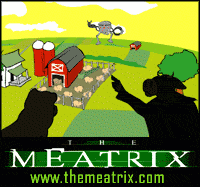
|
|
Home COMPANION GARDENINGMaximizing the symbiotic and chemical
relationships between plants. Companion planting, or intercropping, allows us to take advantage of certain chemical interactions between plants. These interactions can be used to encourage plant growth and health in a symbiotic manner. Every plant releases different chemical agents, either above ground through its leaves, or below ground from its roots. These chemicals attract or repel insects, and either aid, or discourage their growth and reproduction. Below ground, plant roots release amino acids, vitamins, sugars, tannins, alkaloids, phosphatides, and glucosides into the soil, affecting plants either positively or negatively, resulting in plant health, or disease. Chemicals emmitted from plant roots will either attract or repel underground insects. Above ground, plant foilage also gives off chemical scents - alkaloids, sulphides, and phenolic compounds - which repel or attract insects, or act as a natural fungicide. Chemicals released by a plants foilage are increased by watering, heat, and stress. Each plant has a different molecular vibration, or wave length. Insects use these vibrations to determine the location of the plants growing in your garden. Using companion planting, insects are not able to easily find and settle into an area to eat, reproduce, or hide.
Bottom Line...Some plants do better when in the company of other plants for a variety of reasons...to repel harmful insects, to attract useful insects, or to enhance the growth rate and flavor of other plants. Companion planting helps bring a balanced eco-system to your garden. Every garden is different with different problems. All problems will not be eliminated, but it is definitely worth experimenting. The next page lists plants with their "good" companions which enhance the plants existence, and their "bad" companions that can create adverse effects.
|
| Home | Garden Monthly! | Newsletter | About Us | Contact |
|
GardenSimply.com | All Rights Reserved 2005 |

Garden Journal !!Subscribe to"Garden Notes" and plan for Harvest Success as you track and record your gardening progress. Your Free Personal Garden Journal includes printable pages making it easy for you to:
Note:Members enjoy regular updates to all our free downloads! |
|
|
|
 |
|
|
|